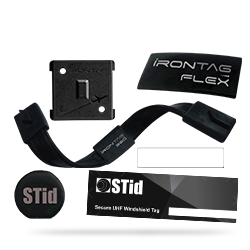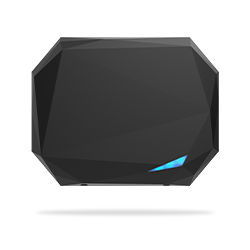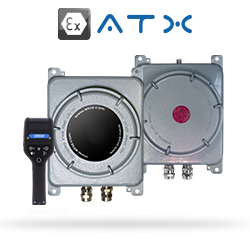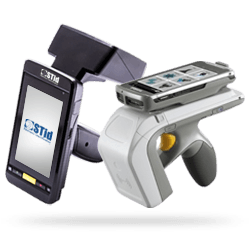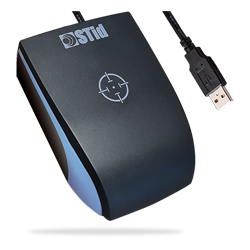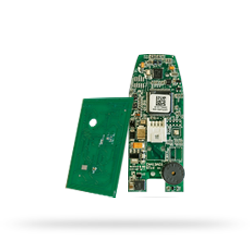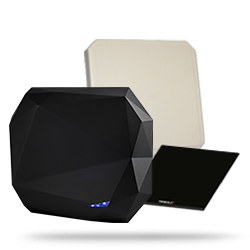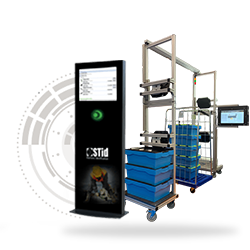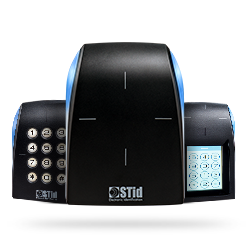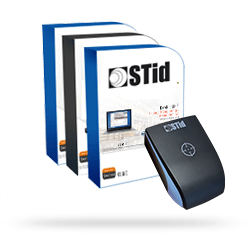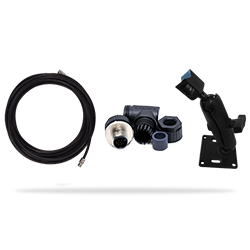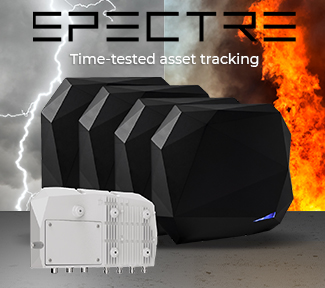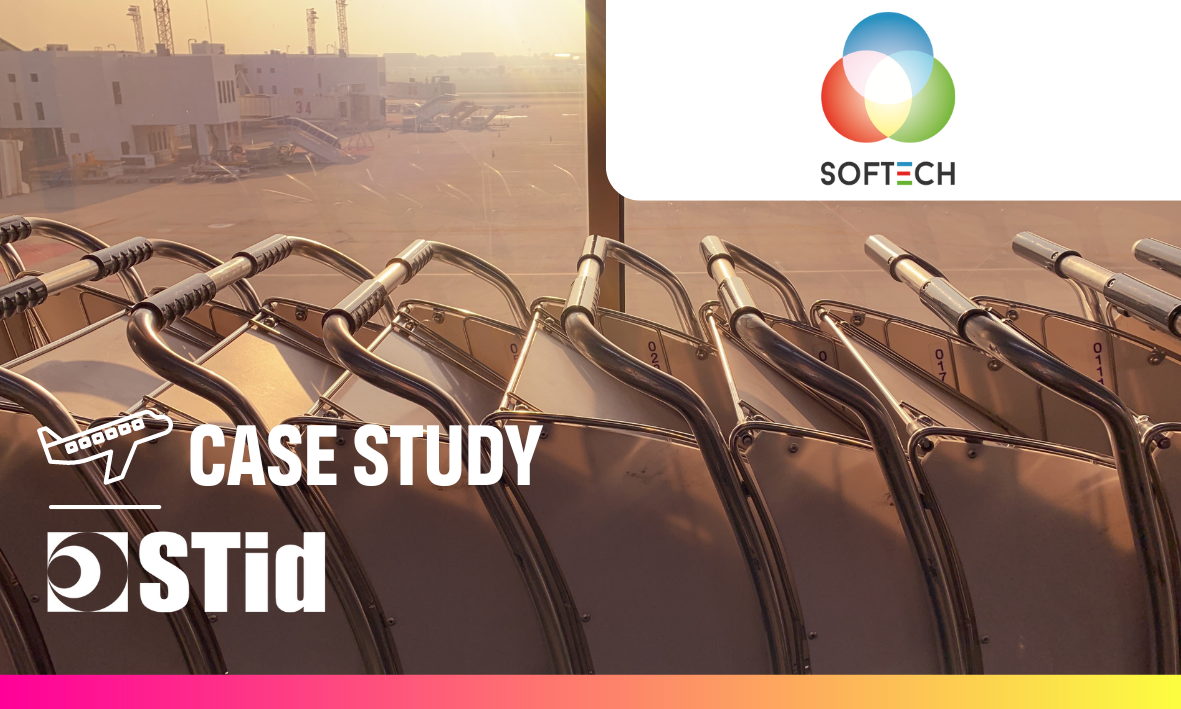IoT and RFID for Baggage Trolley Optimization: Case Study of Rome Fiumicino Airport
IoT and RFID for Baggage Trolley Optimization: A Case Study of Rome Fiumicino Airport
Rome Leonardo da Vinci – Fiumicino Airport is the busiest hub in Italy, handling over 40 million passengers each year. It ranks among Europe’s top airports, named Best European Airport by Airports Council International (ACI) for six consecutive yearsand being the only airport in Italy to be awarded with Skytrax’s “5-star” for passenger services. This excellence stems from the airport's dedication to optimizing operations and enhancing the passenger experience through innovative technologies. One such initiative is the efficient management of baggage trolleys, which plays a crucial role in maintaining smooth passenger flow.
The Importance of Efficient Baggage Trolley Management
A well-organized distribution of baggage trolleys across an airport is essential for improving passenger convenience. When trolleys are easily accessible, passengers can retrieve their luggage quickly and move efficiently through the airport, reducing delays and congestion. Proper trolley management also minimizes the risk of accidents, helping to maintain a safe environment for travelers and staff alike. Moreover, efficient trolley availability contributes to the airport’s reputation, as an organized and responsive facility enhances the overall experience.
Why Counting and Tracking Baggage Trolleys Is Crucial
Accurate trolley tracking and counting systems is crucial. First, real-time data allows airport managers to ensure that trolleys are evenly distributed across key areas, optimizing their availability where they are most needed. This data-driven approach also prevents losses or thefts of trolleys, which could lead to increased operational costs.
RFID and IoT Solutions at Rome Fiumicino Airport
To address the challenge of managing thousands of baggage trolleys, Rome Fiumicino Airport implemented an advanced solution combining SOFTECH's G-SMART software with RFID tags and UHF readers from STid. This innovative system provides real-time tracking and efficient management, ensuring optimal trolley distribution throughout the airport. Over 5,000 RFID tags were installed in the handles of the trolleys, strategically positioned to avoid signal interference from ferrous materials, thereby ensuring accurate, real-time monitoring of trolley quantities at each storage area.
The data is seamlessly integrated into the G-SMART platform, allowing for precise monitoring and management.
SPECTRE readers and antennas were installed at various checkpoints to capture the real-time location of the trolleys, which are displayed on a georeferenced map on G-SMART. This IoT infrastructure enables airport staff to monitor trolley distribution, ensuring that there are always enough trolleys in the loading bays and baggage claim zones.
Real-Time Alerts and Data Analytics
All is monitored on G-SMART, which provides real-time trolley tracking and advanced analytics. If the number of trolleys in any area falls below a pre-set threshold, the system automatically triggers a warning alert to airport operators. For each alert, a short video from nearby surveillance cameras is recorded, allowing staff to verify the situation quickly and respond effectively.
In addition to real-time monitoring, the system offers valuable insights through data export capabilities, allowing airport management to review historical trolley movement patterns. This data generates Key Performance Indicators (KPIs) that help optimize trolley distribution across storage areas. The platform can also produce reports and graphs for daily planning and resource allocation, contributing to long-term efficiency. As an added benefit, STid readers and tags require no maintenance.
Proactive Trolley Management Based on Passenger Flow
One of the most powerful features of the system is its ability to anticipate trolley demand. By connecting to the airport’s management system, the tracking platform can forecast the number of trolleys needed in each area based on the expected flow of arriving passengers and luggage. This proactive approach ensures that trolleys are always available when and where they are needed most, enhancing passenger satisfaction and operational efficiency.
Conclusion
Rome Fiumicino’s implementation of RFID and IoT technologies for baggage trolley management exemplifies how digital innovations can streamline airport operations. The integration of the information of how many trolleys are in the storage areas, automated alerts, and data-driven decision-making has not only optimized trolley distribution but also improved the overall passenger experience. As airports around the world continue to look for ways to enhance efficiency, the success of Fiumicino’s approach offers a compelling blueprint for the future of airport logistics.
